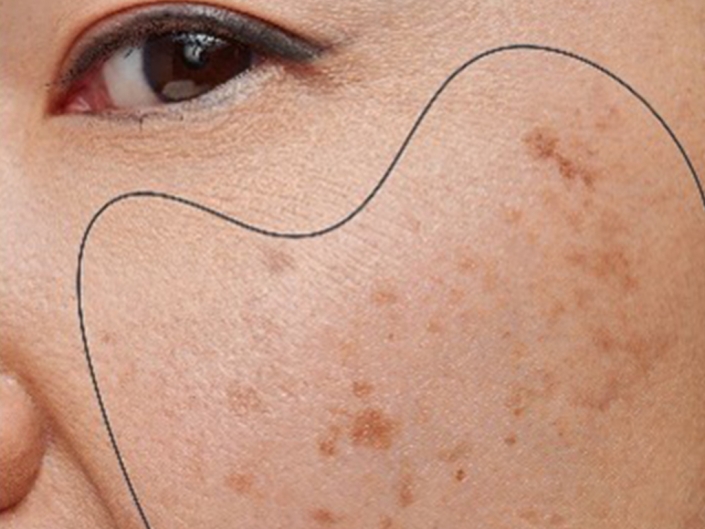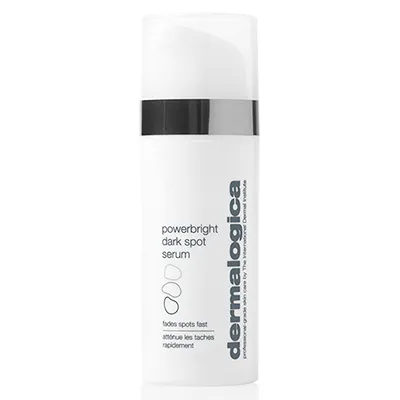
You know those annoying dark spots on your skin? They’re not like freckles or birthmarks; they stick around all year and can make you look older. Studies show that they can add over 20 years to your age! But what causes them, and how can you deal with them?
The Science Behind Dark Spots
To better understand this, we need to talk about hyperpigmentation. It’s a fancy word for when your skin produces too much of the pigment that gives it colour. Things like too much sun, hormones (e.g. from birth control or pregnancy), or past injuries (like popped pimple) can cause this, and sun exposure makes it worse.
Taking Action: Finding Causes and Fixes
Here’s what you can do in simpler terms:
- Get expert advice – Start by talking to a skincare expert. They can analyse your skin and help you work out what is causing your dark spots. And they’ll be able to recommend treatments to make them go away faster.
- Wear Sunscreen Every Day – Did you know that just 30 minutes in the sun without protection can undo a month of trying to rid yourself of dark spots? Sunscreen helps stop them from getting worse and hindering your progress. So, wear sunscreen every day.
- Know Your Ingredients – Some ingredients in skincare can help with dark spots. Two of the best are Niacinamide and Hexylresorcinol. They work to make your skin look brighter.
- Be Patient – Unfortunately, Dark spots won’t vanish overnight. You’ll need to use skincare products for at least a month (and keep using sunscreen) before you notice a change. Some spots might seem darker at first but don’t give up. In time, they’ll fade.
Brighten your Skin with PowerBright Dark Spot Serum

Try Dermalogica’s PowerBright Dark Spot Serum with Niacinamide and Hexylresorcinol. You should notice a difference within a week – it’s a quick and long-lasting fix for your dark spot problems.
